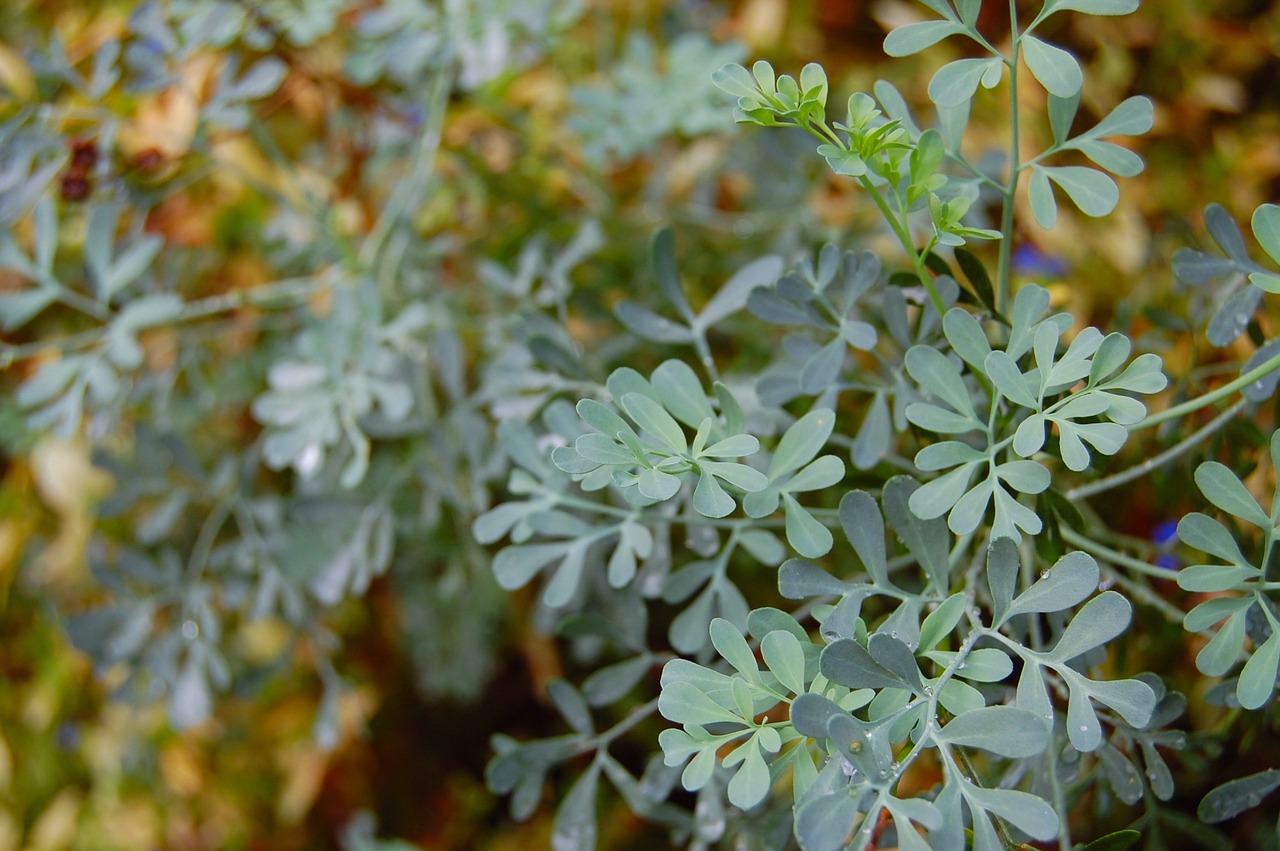
Herb Profile: Rue
Overview: Rue is a semi-evergreen, subshrub which is native to southern Europe. Because of its lacy, blue-green leaves, this plant makes a nice ornamental planting in the herb garden. It also produces small, delicate yellow flowers in late summer.
Latin Name: Ruta graveolens
Common Name: Rue
Alternative Names: Herb of grace, herby grass
Zones: Hardy to USDA Zones 4-9
Mature Size
24 inches tall and 12 to 18 inches wide. Leaves grow 4 to 6 inches long.
Sun Exposure: Full sun. It can also stand partial shade especially when growing in hotter climates.
Varieties of Interest
R. graveolens “Blue curl’ – curled leaves.
R. graveolens ‘Jackman‘s blue‘ – intensely blue-green foliage.
R. graveolens ‘Variegata’ – variegated cream and green foliage.
Growing Tips
Rue can suffer from root rot and fungal diseases if the growing conditions become too damp. Keeping the soil a bit on the dry side is better than keeping the soil too damp.
All varieties of rue can be grown indoors, in containers. However, rue has a pungent, musky odor that some people may find disagreeable.
Starting New Plants: From seeds, stem cuttings or by root division.
Maintenance Tips
Prune rue back to within a few inches of the ground after it has finished flowering. It can also be pruned back in the early spring, if necessary, to help promote bushy growth.
If rue is bothered by aphids, wash them off with a blast of water from the garden hose. Severely affected leaves can be cut off the plant and discarded.
Parts Used
The fresh leaves can be used in floral arrangements. Add a few stems to a vase of flowers for an interesting look. The dried seed pods can be used in dried floral arrangements, wreaths and as an ornamental addition to potpourri.
Cautions
Rue was once used for a variety of culinary and medicinal purposes. However, due to safety concerns, it should only be grown for ornamental purposes in the modern garden.
Coming into contact with the essential oils in the plants leaves can cause photosensitivity, or a poison ivy-like rash in susceptible individuals. Make sure to wear gloves when working with this herb in the garden. Plant this herb towards the back of the garden, away from any pathways where anyone may accidentally brush up against the plant.
Rue was used medicinally to help regulate and stimulate menstruation. However, it was also once used to induce abortion. Just to be safe, rue should be avoided by pregnant women.









+ There are no comments
Add yours